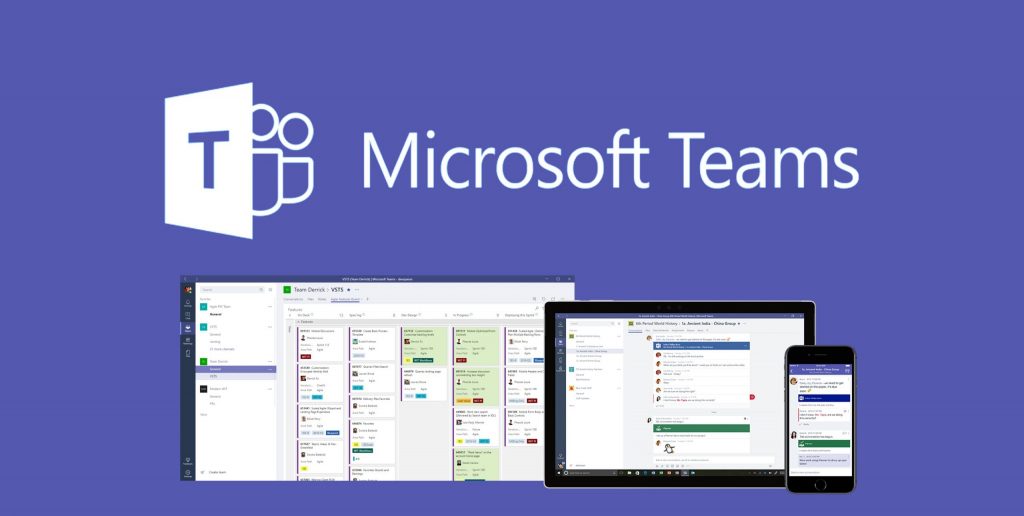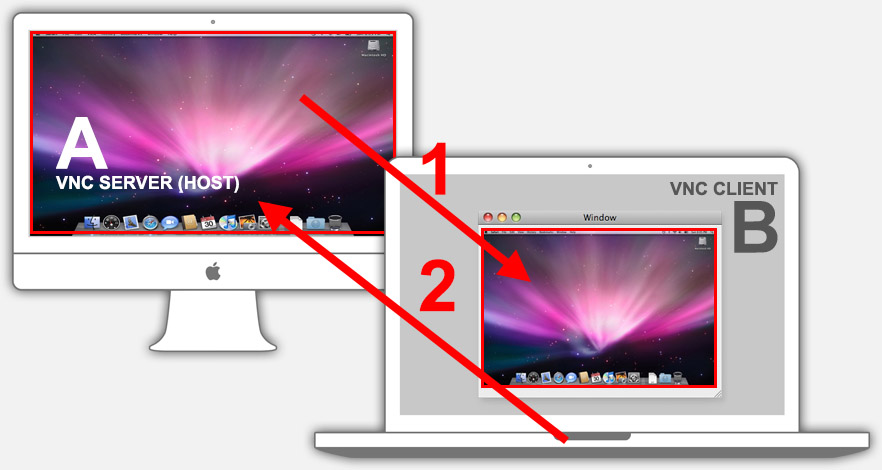The Remote Desktop Services Microsoft’s Remote Desktop Services are widely used by companies to let users use applications inside a server farm. Typically the reasons to use Remote Desktop are: Standardized environment and configuration Easy maintenance during application version upgrades Lower resource usage on the clients Better bandwidth usage in case of a slow connection. Launch Remote Desktop and put in the remote computer you want to connect to. Hit the Options button. When the Options menu opens up, reduce the Remote desktop size and choose a lower color setting. Also under the Experience tab I uncheck everything except Reconnect if connection is dropped. Thanks for letting us know. What I found was Remote Desktop Manager (free), its not the tool from microsoft. This tool does RDP alright and is not blurry. Still some bugs, OS and App related, PDF doesn’t scale, Windows Search is way too big, Chrome Save As is too small so long way to go it seems, as everything that is old and not updated, won’t probably ever get a fix, especially, if. Oct 22, 2019 Desktop composition This setting is supported only for a remote session to a computer running Windows 7 or Windows Server 2008 R2. Visual styles (disable themes:i:1) When this setting is disabled, it reduces bandwidth by simplifying theme drawings that use the Classic theme. Hello, complete novice here but is there any reason that Yosemite upgrade has slowed down my Microsoft remote desktop to hopeless speed? I work from home and 100% rely on remote desktop. D esperately need it back up and running at a decent speed. All installed programs work fine; however, caching can be very slow for new websites.
- Microsoft Remote Desktop Mac Catalina Slow
- Microsoft Remote Desktop Mac Slow Release
- Microsoft Remote Desktop 8 Mac
- Microsoft Remote Desktop Mac 10
I am running a Windows 2012 R2 servers on a VMware ESXi environment ( 6.5.0 Update 1 (Build 5969303 ) . I experience an extreme poor performance on the Windows 2012R2 server when connection with any RDP-client ( Windows and Mac )
The hardware shouldn’t be an issue.
Microsoft Remote Desktop Mac Catalina Slow
- the server does not have a high overall load
- there is no high CPU load
- there is enough RAM
- there is no high I/O
This is what I did to solve the issue and get back to fast RDP-performance.
1. Finetune “Remote Desktop Services” in Group Policy

Open Group Policy Editor ( Start -> Run -> gpedit.msc )
Goto Computer Config > Windows Settings > Administrative Templates > Windows Components > Remote Desktop Services > Remote Desktop Session Host > Connections > Select RDP transport protocol = Use only TCP
You can also set this on the client side by specifying:
Computer Config > Windows Settings > Admin Templates > Windows Components > Remote Desktop Services > Remote Desktop Connection Client > Turn off UDP on Client = Enabled Download buildbox for mac.
2. Disable “DisableTaskOffload” in the Registry
Microsoft Remote Desktop Mac Slow Release

I also added below registry setting to improve performance.
A little explanation of TCP Offloading:

Microsoft Remote Desktop 8 Mac


“TCP offload engine is a function used in network interface cards (NIC) to offload processing of the entire TCP/IP stack to the network controller. By moving some or all of the processing to dedicated hardware, a TCP offload engine frees the system’s main CPU for other tasks. However, TCP offloading has been known to cause some issues, and disabling it can help avoid these issues.”
- Open RegEdit on the Windows Server machine.
- Navigate to this registry key in the tree on the left: HKEY_LOCAL_MACHINESYSTEMCurrentControlSetServicesTcpipParameters
- Right-click on the right side, and add a new DWORD (32-bit) Value
- Set the value name to DisableTaskOffload and the value data to 1
Microsoft Remote Desktop Mac 10
Now Reconnect to the Server via RDP (to a new session) and your performance should be normal.
